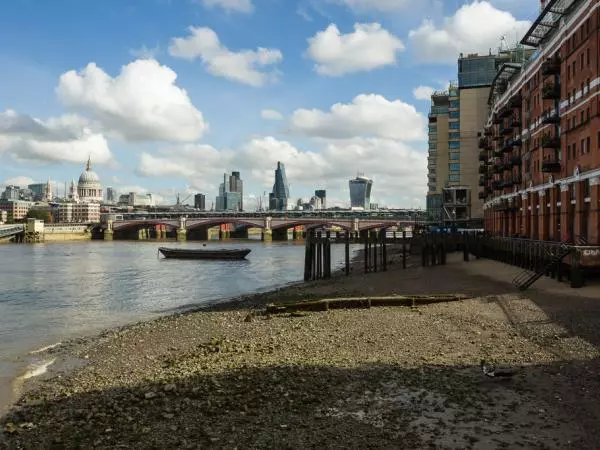
Footprint One
Driven by her fascination for fractals and the unseen structures and patterns that are part of our world– both created by nature and humankind, Ortega casts her pieces from moulds of the delicate spindles of a vegetable loofah skeleton. The process of creating these sculptures takes over two months and there is a certain degree of unpredictability; the material shrinks and moves whilst drying, determining the piece's uniqueness.
Ortega has also devised a way of electroforming and plating on top of her pieces without affecting the material. The result is a mesh between a fantastical fossil and a microscopic organism; sparkling metal and gleaming white casein. The ephemerality of these pieces mean that eventually the plastic will biodegrade leaving behind a metal carcass to be enjoyed, or to be melted and reused elsewhere.
Ortega’s work asks both environmental and philosophical questions. It raises the issue of the finite amount of oil, and therefore plastics, and points to casein as an interesting alternative, but her pieces also bring up questions of longevity and value. Her work asks:
- Must the objects we create for their aesthetic merit outlive their owner to be of 'value’?
- How connected is this with humans' obsession with leaving a mark, a footprint that will transcend us?
- With today’s environmental concerns, if jewellery* or art pieces had an ‘enjoy-by date’, would it necessarily depreciate the value or would it perhaps allow us to enjoy and value it more?
- Could her pieces eventually leave no physical trace?
* some pieces in the Footprints Series are wearable sculptures that can be attached to clothes.
 Share / Save
Share / Save

















Comments 0
Say something